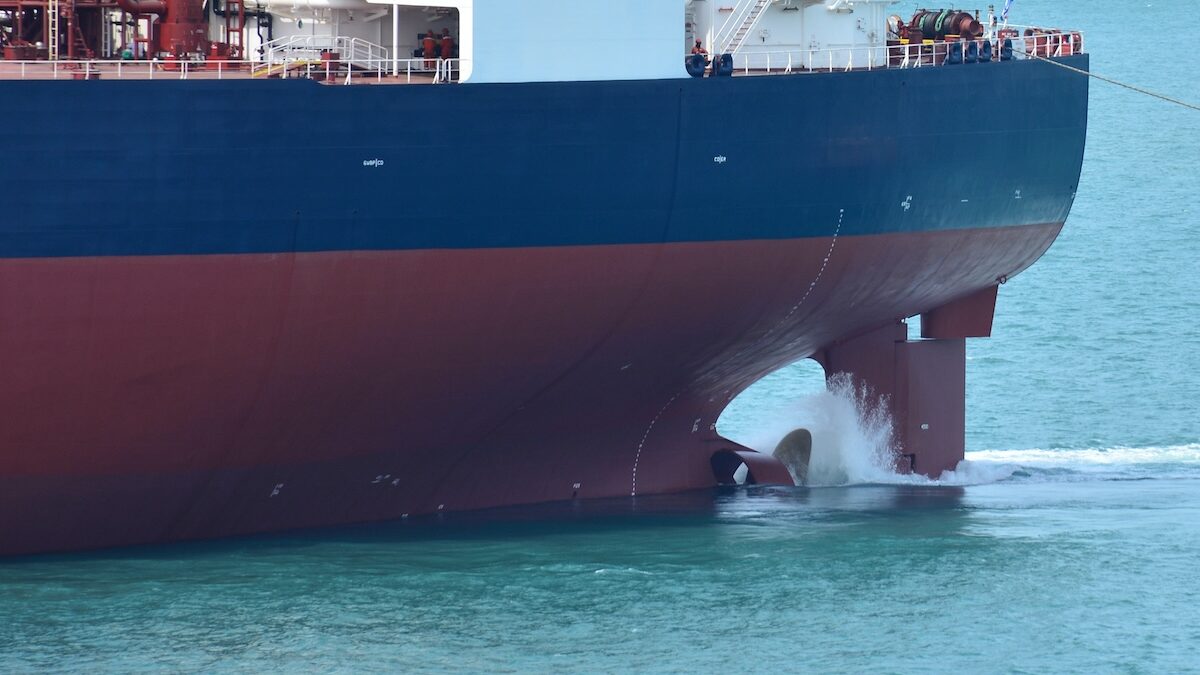A new AI tool developed in collaboration with Glasgow University researchers could help reduce the impact of noise pollution on marine life.
Artificial intelligence can model how sound waves travel underwater – helping maritime industries such as shipping and renewables make informed decisions about their activities.
It could also help policymakers develop new regulations for shipping and offshore turbine construction to mitigate their impact on surrounding sea life.
Researchers from the University of Glasgow and the University of British Columbia in Canada are behind the development of the technology.
The loud sounds created by human technologies including the propellers of cargo ships and the construction and operation of offshore wind farms have been shown to have negative effects on a wide range of sea life.
The noise can disrupt migration patterns of marine mammals like dolphins and whales and affect their ability to navigate by echolocation.
Sound waves reflect off the surface of the ocean, the seabed, and everything in between in complex, ever-shifting patterns. As the sound waves move through the water, they also decrease in intensity – a process known as transmission loss.
Accurately modelling the physics of sound waves’ movements, interactions and transmission loss underwater is currently very difficult without using large amounts of computer processing power. Large-scale projects can take days of computing time to fully model the spread of sound waves through water.
he researchers set out to investigate whether deep neural networks could help tackle the computational challenge, and bring future systems closer to providing real-time feedback on the propagation of sound waves which could be used in the real world.
In a new paper published in the journal Physics of Fluids, the researchers describe how they built and tested their acoustic wave modelling system using a neural network architecture known as a convolutional recurrent autoencoder network, or CRAN.
Dr Wrik Mallik, of the University of Glasgow’s James Watt School of Engineering, said: “These are really encouraging results, which clearly show the potential deep neural networks hold for predicting the complex physics of underwater ocean acoustic propagation.
“Waiting seconds instead of days to produce models of underwater acoustic scattering would be a significant breakthrough for this field of research, and this paper shows how we’ve taken one step closer to making that happen. Having real-time feedback on devices which could be used out on the ocean would allow much more effective planning to help mitigate the effects of noise pollution on marine animals.
“Although this early-stage study demonstrated the effectiveness of the CRAN on two-dimensional data, we’re confident that the technology can be scaled up to meet the challenge of dealing with fully 3D acoustic simulations. We’ve already begun work to further develop and refine the system, and we plan to test it in real-world situations in the months ahead.”




